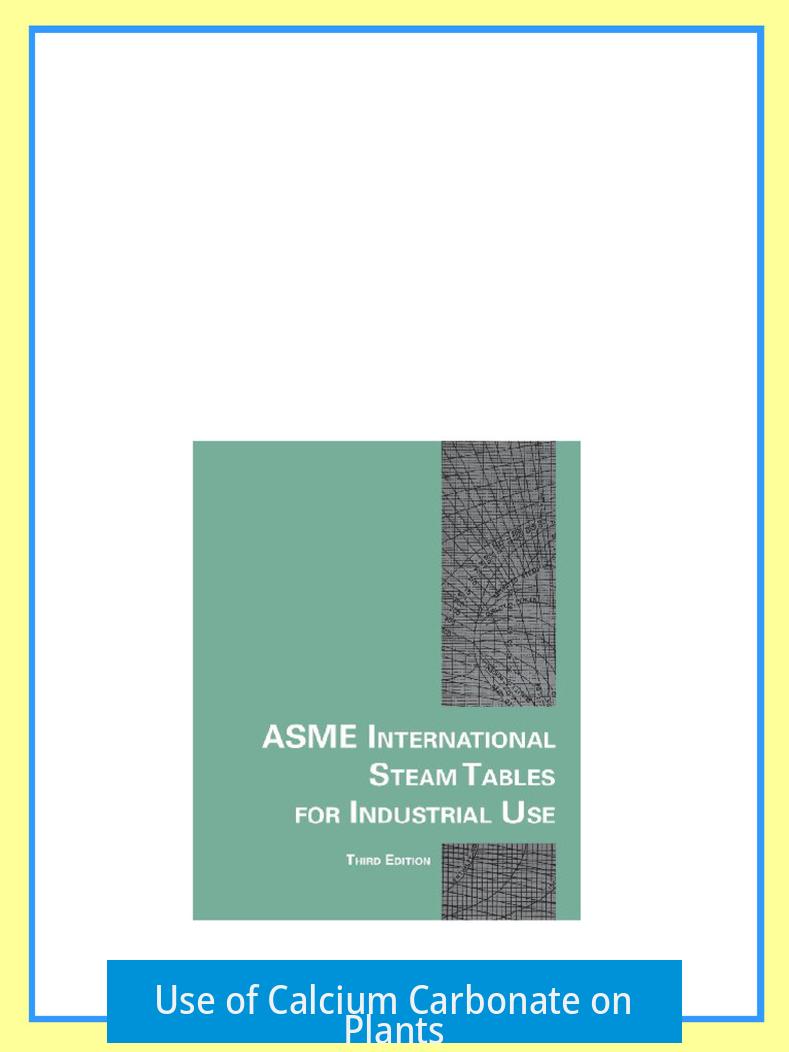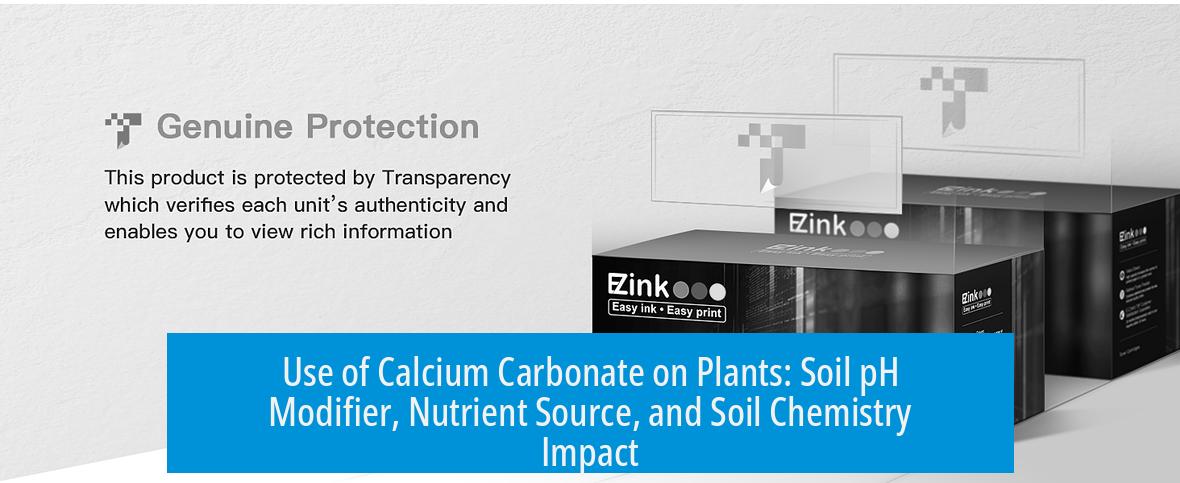Use of Calcium Carbonate on Plants
 Calcium carbonate (CaCO3) primarily serves as a soil pH modifier, raising acidity in soils with low pH. It also acts as a calcium nutrient source. However, its low solubility limits its effectiveness in neutral or alkaline soils, and its use can influence soil chemistry beyond pH adjustment.
Calcium carbonate (CaCO3) primarily serves as a soil pH modifier, raising acidity in soils with low pH. It also acts as a calcium nutrient source. However, its low solubility limits its effectiveness in neutral or alkaline soils, and its use can influence soil chemistry beyond pH adjustment.
Calcium Carbonate as a Soil pH Modifier
CaCO3 neutralizes acidic soils, increasing pH by reacting with soil acidity. This improves nutrient availability and overall soil health in acidic conditions. Its effect, however, diminishes in soils with pH above roughly 6.6, where calcium carbonate’s reactivity and solubility drop sharply.
In strongly acidic soils, CaCO3 dissolves and releases calcium ions and carbonate, reducing soil acidity. In soils near neutral pH, carbonate ions react less, causing CaCO3 to remain mostly insoluble and inactive.
Chemical Properties and Solubility
Calcium carbonate is poorly soluble in neutral and alkaline soil solutions. Its carbonate component reacts with H+ ions only under acidic conditions, such as in antacid tablets which bubble in stomach acid but not at higher pH.
When soil pH is artificially raised, calcium ions can precipitate instead of staying dissolved, limiting calcium availability. This insolubility makes CaCO3 a slow-acting amendment.
Calcium Nutrient Source
Besides modifying pH, CaCO3 supplies plants with calcium, an essential nutrient for cell wall development and signaling. Chalk and limestone, primarily calcium carbonate, commonly serve as fertilizers. The carbonate ion itself is non-toxic to plants when bound to calcium.
This dual role enhances plant growth in calcium-deficient or acidic soils.
Impacts on Soil Chemistry and Alternatives
- Applying CaCO3 can increase soil salinity, potentially causing water stress.
- Formation of calcium minerals may reduce availability of other ions, notably phosphate, by forming less soluble compounds like apatite.
- For quicker calcium uptake and better ion availability, more soluble sources like gypsum (CaSO4) or calcium chloride (CaCl2) are often preferred.
Key Takeaways
- Calcium carbonate raises pH effectively in acidic soils up to ~6.6 pH.
- It has low solubility, limiting immediate nutrient release in neutral/alkaline soils.
- CaCO3 is a valuable calcium nutrient source for plants.
- Use may increase soil salinity and reduce other nutrient availability.
- Gypsum and calcium chloride are alternative calcium sources with higher solubility.





Leave a Comment